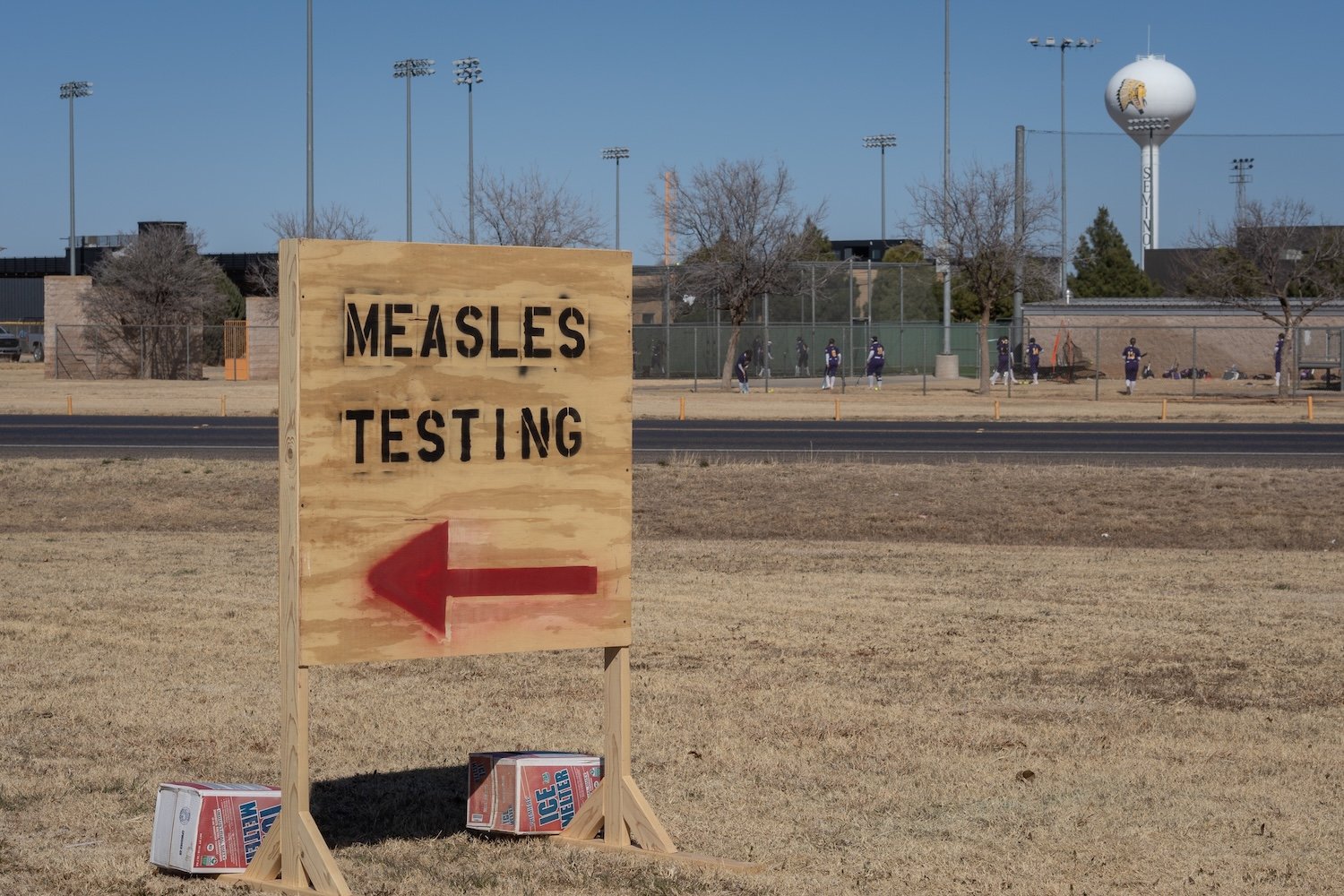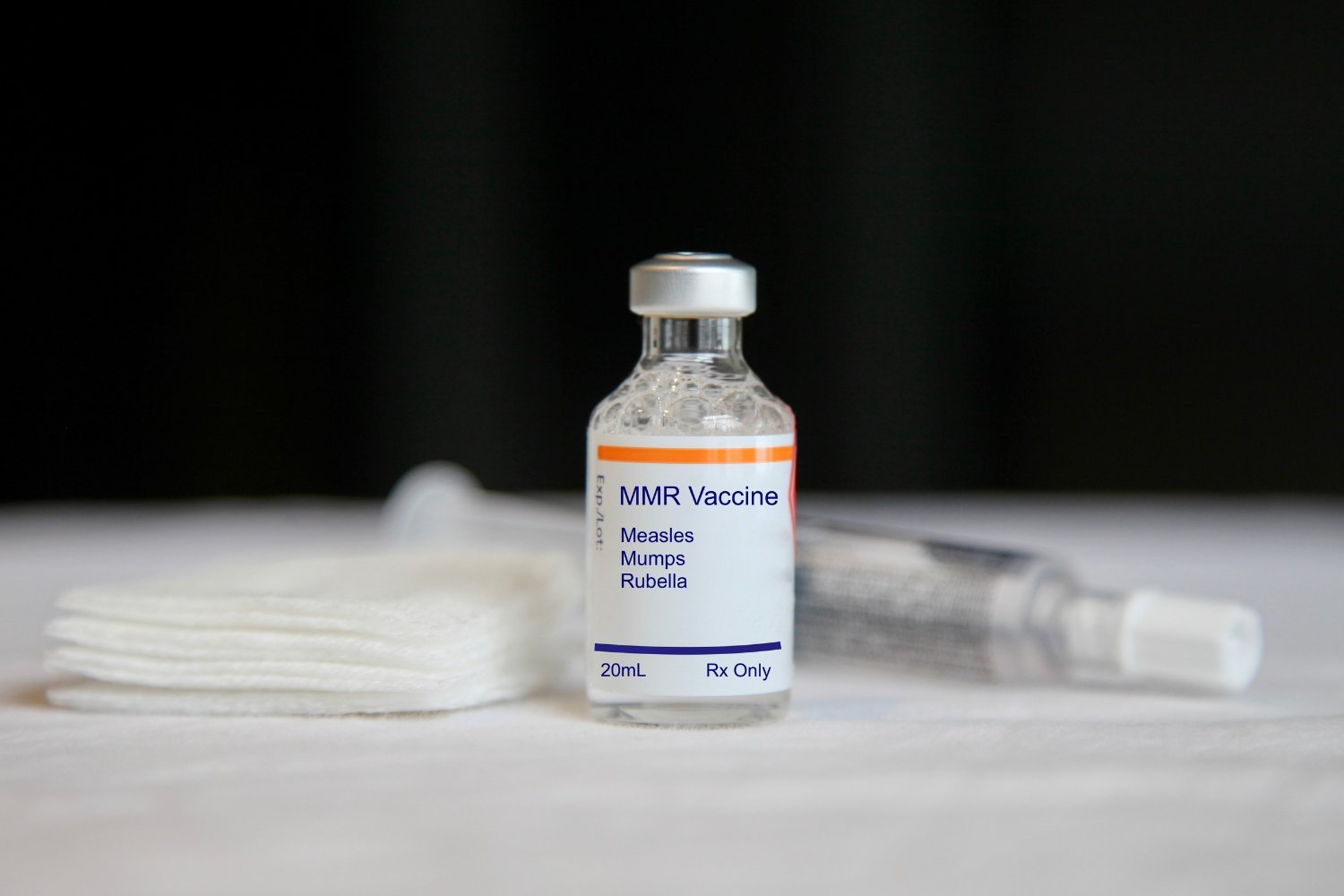The highly pathogenic H7N9 avian influenza virus has been confirmed on a Mississippi poultry farm, marking the first U.S. outbreak in nearly a decade. This development adds to the ongoing concern surrounding avian influenza, particularly with the continued spread of H5N1. This new outbreak underscores the growing threat of highly pathogenic avian influenza and its potential impact on both animal and human health.
The World Organization for Animal Health (WOAH) reported the H7N9 outbreak on Monday, based on data from the U.S. Department of Agriculture (USDA). This detection comes as H5N1 continues to circulate among various animal populations, including cows and occasionally other mammals.
Highly pathogenic avian influenza (HPAI) viruses pose a significant public health risk due to their rapid spread among birds and potential to infect other species, including humans. The concern lies in the possibility of these viruses mutating and gaining the ability to transmit efficiently among humans, potentially leading to a pandemic.
H7N9: A Deadly Avian Influenza Subtype
H7N9, first identified in China in 2013, is known for its high mortality rate in humans. The World Health Organization (WHO) reports that the majority of documented human H7N9 cases have resulted in severe illness, with a fatality rate of approximately 39% based on 1,568 cases and 616 deaths globally since 2013.
The Current Outbreak and Response
The recent H7N9 outbreak occurred in early March on a commercial broiler breeder chicken farm in Noxubee, Mississippi, affecting a flock of nearly 50,000 birds. Genetic testing confirmed the presence of the H7N9 strain. The USDA’s Animal and Plant Health Inspection Service (APHIS), along with state officials, are conducting a thorough investigation and enhanced surveillance to contain the spread. Standard procedure involves culling the exposed chicken population to prevent further transmission.
The Growing Threat of Avian Influenza
The current seasonal wave of HPAI, which began in October 2024, has already seen more poultry outbreaks globally than the entire previous season. This surge in outbreaks highlights the increasing challenge of controlling avian influenza. While the recent outbreak is concerning, it remains isolated at this time. However, the broader trend of increasing HPAI outbreaks globally warrants continued vigilance and proactive measures to mitigate the risk to both animal and public health.
Economic Impacts and Future Concerns
While egg prices, which had surged due to earlier outbreaks, are beginning to decline, the long-term impact of HPAI on the poultry industry and food prices remains uncertain. The ongoing efforts to contain H5N1 and other HPAI strains, including H7N9, are crucial for safeguarding both animal and human health.
Conclusion
The detection of H7N9 in Mississippi serves as a stark reminder of the persistent threat of avian influenza. While the current outbreak is being addressed, the global rise in HPAI cases emphasizes the need for continued monitoring, effective control measures, and research to understand and combat these viruses effectively. The potential for these viruses to cross species barriers and cause severe illness in humans underscores the importance of global collaboration and preparedness.











